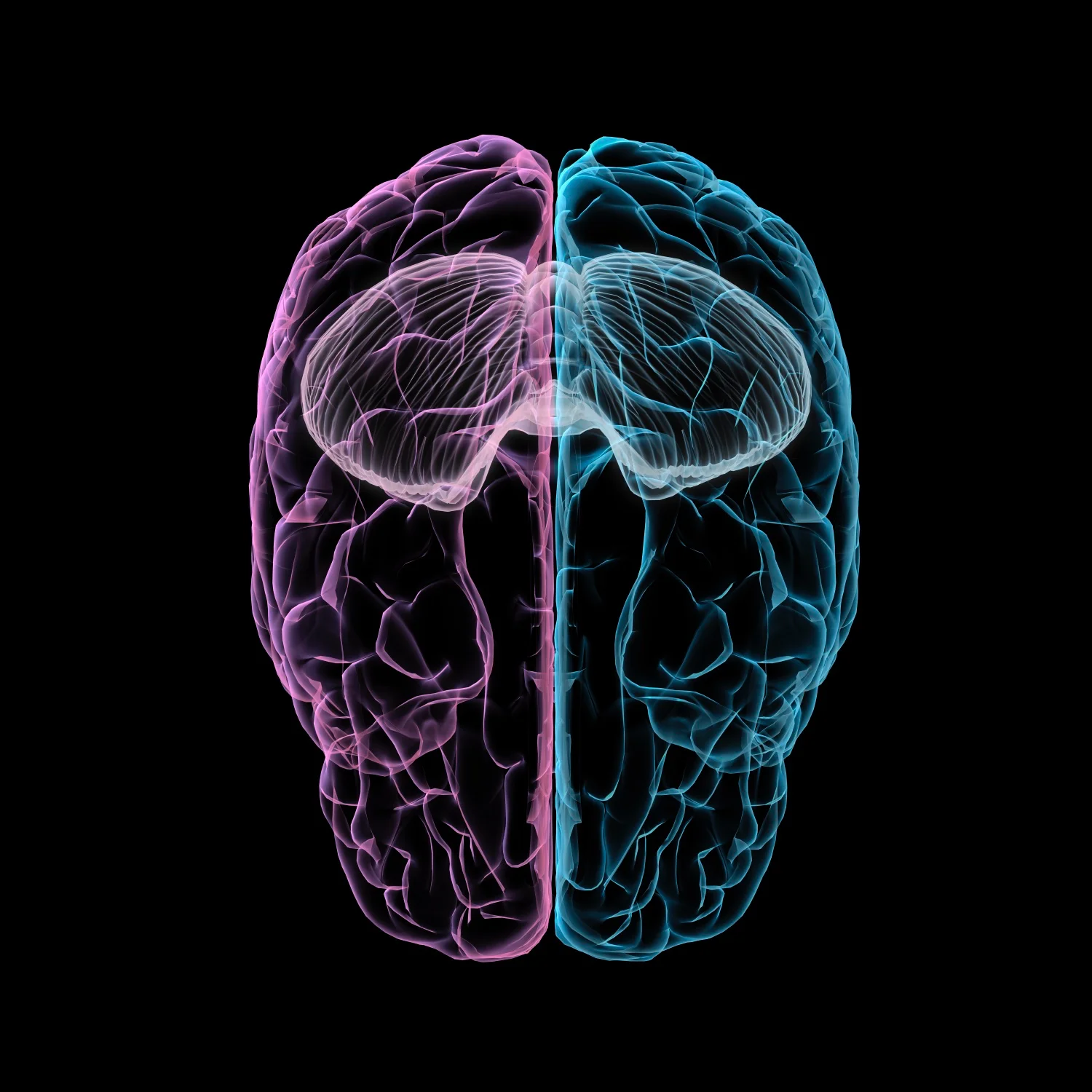What are the symptoms of a brain injury after an auto accident?
People who believe that they may have suffered a traumatic brain injury (TBI) in an automobile accident are right to seek medical consultation. The Centers for Disease Control and Prevention (CDC) reports that motor vehicle crashes regularly account for the second-most TBI-related hospitalizations behind only unintentional falls. A personal injury lawyer can help TBI victims seek proper financial compensation for any TBI resulting from a motor vehicle accident.
The CDC lists motor vehicle accidents as one of the most common causes of TBIs. TBIs involve three classifications: mild (sometimes referred to simply as concussions), moderate, or severe. All three types of TBIs can carry particular risks for people, and there are treatment options for all three types of injuries.
Common TBI symptoms
Some of the signs the CDC notes about mild TBIs can include physical symptoms such as: being bothered by light or noise, dizziness or balance problems, feeling tired or lacking energy, headaches, nausea or vomiting, and vision problems. People can also experience difficulties thinking or remembering things, such as attention or concentration challenges, feeling slowed down, foggy or grogginess, problems with either short-term or long-term memory issues, and difficulty thinking clearly.
Social or emotional problems may include anxiety or nervousness, irritability or being easily angered, feeling more emotional, and sadness. There can also be numerous sleep issues, including sleeping less than usual, more than usual, or being unable to fall asleep.
The Mayo Clinic further establishes that symptoms of moderate to severe TBIs may include physical symptoms such as a loss of consciousness lasting several minutes or hours, persistent headaches or headaches that worsen, convulsions or seizures, repeated vomiting or nausea, dilation of one or both pupils in the eyes, weakness or numbness in the fingers and toes, clear fluids draining from a nose or ears, an inability to awaken from sleep, and a loss of coordination. Cognitive or mental symptoms might include many of the aforementioned symptoms, as well as a possible coma or other disorder of consciousness.
It is very important for parents to be aware of possible TBI symptoms in young children because most children cannot articulate any symptoms they may be experiencing. Signs of TBIs in children may include changes in eating or nursing habits, persistent crying and an inability to be consoled, unusual or easy irritability, changes in an ability to pay attention, changes in sleep habits, seizures, sadness or depression, drowsiness, or loss of interest in favorite toys or activities.
In addition to concussions being TBIs, people should also be aware of possible persistent post-concussive or post-concussion syndrome symptoms that occur when concussions last beyond their expected recovery periods. Post-concussion syndrome symptoms may include headaches, dizziness, and problems with concentration or memory.
Common Kinds of Accidents That Cause TBIs
Common kinds of accidents that cause TBIs
Every single kind of car crash in Utah has the potential to cause a TBI. The force involved in a collision, even one involving a lower speed, can be enough to shake a person’s skull violently. Some of the most common kinds of accidents people can be involved in include, but are not limited to:
- Rear-End collisions – When another vehicle suddenly strikes the rear end of a car, the occupants in the vehicles often have their heads jolted forward. They may even strike their heads against dashboards, glass, or other objects.
- Head-on collisions – Any kind of head-on crash will usually result in serious injuries. Victims in either motor vehicle in such collisions can easily strike their heads against numerous aspects of an automobile.
- Rollover accidents – When a car or other vehicle rolls over in an automobile accident, occupants are also tossed and turned, so there is a greater likelihood of them striking their heads.
- High-speed collisions – Accidents that occur at high speeds are much more likely to involve greater force that throws vehicle occupants in their seats. TBIs can be common results even in cases in which people do not believe they struck their heads on anything.
- Hit-and-run accidents – When a negligent driver causes a motor vehicle collision and leaves the scene of the accident, much of the action occurs well before a victim even knows they sustained a TBI.
- T-bone or broadside collisions – Even side-impact collisions can involve enough force to shake vehicle occupants and cause potential TBIs violently.
- Distracted driving accidents – If another driver is not paying attention while behind the wheel, they can take all kinds of ill-advised actions causing accidents and possible TBIs.
- Driving Under the Influence (DUI) of drugs or alcohol crashes – Drunk or drugged driving crashes often result in severe injuries for all parties involved. The accidents commonly involve enough force to cause TBIs.
- Intersection accidents – Ill-advised turns at intersections are a frequent cause of collisions in Utah. Some accidents are more likely than others to cause TBIs, depending on where a vehicle was struck.
- Multiple-vehicle accidents – Any traffic crash involving more than two vehicles becomes a much more complex case to handle because there is an increased possibility of multiple parties being liable.
You should always seek medical attention, regardless of the type of accident in which you were involved. Every single accident should be taken seriously.
Diagnosing TbIs
According to the National Library of Medicine, mild, moderate, and severe TBIs each have different scoring criteria based on certain tests. Diagnosing TBIs usually involves a neurological exam, computerized tomography (CT) scans or magnetic resonance imaging (MRI) scans, and neuropsychological or neurocognitive tests.
The National Library of Medicine states that TBIs are usually classified as follows based on how a person scores:
| Criteria | Mild | Moderate | Severe |
| Structural imaging | Normal | Normal or abnormal | Normal or abnormal |
| Loss of Consciousness (LOC) | 0–30 min | > 30 min and < 24 hrs | > 24 hrs |
| Alteration of consciousness/mental state (AOC) | a moment up to 24 hrs | > 24 hours. Severity based on other criteria | |
| Post-traumatic amnesia (PTA) | 0-1 day | > 1 and < 7 days | > 7 days |
| Glasgow Coma Scale | 13-15 | 9-12 | < 9 |
The National Library of Medicine states that the Glasgow Coma Scale (GCS) objectively describes the extent of impaired consciousness in all kinds of acute medical and trauma patients. The scale assesses people according to three aspects of their responsiveness: eye-opening, motor, and verbal responses. A GCS score may be both an expression of the sum of the scores as well as its individual elements. Such as a total score of 12 being based on an eye-opening score of 5, a motor score of 2, and a verbal response score of 5, being expressed as GCS12= E5V2M5.
GCS and total scores are incorporated into several clinical guidelines and scoring systems for trauma or critical illness victims. GCS divides into the three parameters of best eye response (E), best verbal response (V), and best motor response (M), with the levels of response in the components of the scale being scored from 1 for no response to normal values of 4 (eye-opening response), 5 (verbal response), and 6 (motor response).
A total Coma Score has values between three and 15, with three being the worst and 15 being the best. The specific parameters are scored as follows:
Best eye response
- no eye opening
- eye opening to pain
- eye opening to sound
- eyes open spontaneously
Best verbal response
- no verbal response
- incomprehensible sounds
- inappropriate words
- confused
- orientated
Best motor response
- no motor response
- abnormal extension to pain
- abnormal flexion to pain
- withdrawal from pain
- localizing pain
- obeys commands
While the Glasgow Coma Scale may be used in children older than 5 years of age with no modification, there are different guidelines for children less than 2 years of age. In these cases, the parameters are scored as follows:
Best eye response
- no eye opening
- eye opening to pain
- eye opening to sound
- eyes open spontaneously
Best verbal response
- none
- moans in response to pain or incomprehensible sounds
- cries in response to pain or incomprehensible words
- irritable, cries, or is confused
- Coos and babbles or is orientated
Best motor response
- no motor response
- abnormal extension to pain
- abnormal flexion to pain
- withdrawal to pain
- withdraws to touch or localizes to pain
- moves spontaneously and purposefully or obeys commands
Factors that can interfere with a GCS assessment include pre-existing factors such as language barriers, intellectual or neurological deficits, and hearing loss or speech impediment. Current treatment can also impact a GCS score when a person cannot speak or is dealing with other injuries, such as spinal cord damage or other orbital or cranial fractures.
Call us to speak with an attorney
Did you or your loved one suffer a TBI in a car accident caused by another party’s negligence in Utah? Make sure that you do not wait to get in touch with Gosdis Law because we have decades of experience handling these types of cases. We also do not charge you anything to represent you since we work on a contingency fee basis, meaning we only get paid if we win or settle your case.
Our firm focuses entirely on personal injury cases, and we are willing to come to you when you cannot make it into our office for any reason. Call us at (385) 429-9960 or contact us online to take advantage of a free consultation with our Murray personal injury lawyer.




